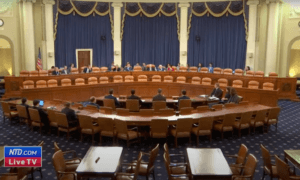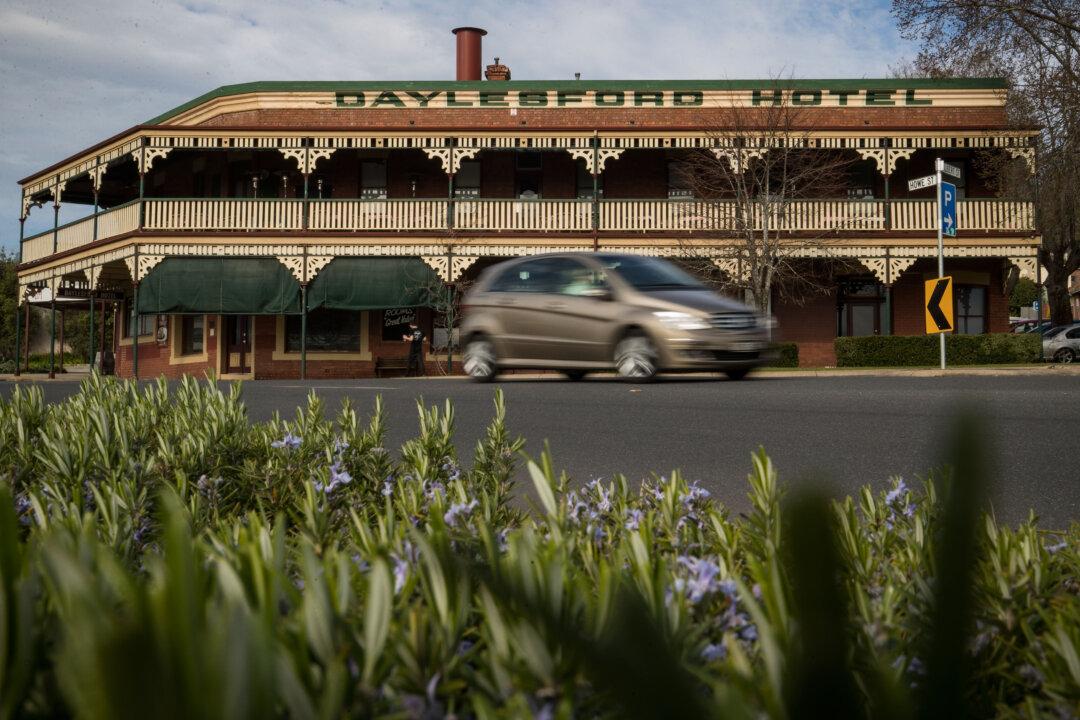Australian housing prices are predicted to increase in the next year, though at a slower pace than in 2023, driven by tax cuts, robust population growth, and sluggish housing supply.
In November 2023, property prices achieved new all-time highs, marking the 11th consecutive month of continuous increases.
PropTrack’s director of economic research, Cameron Kusher, anticipates ongoing trends from 2023 will drive price growth in the coming year despite higher interest rates affecting borrowing capacities and housing affordability.
“The volume of stock available for sale remained at persistently low levels while buyer demand also increased significantly, fuelled by a housing shortage and strong population growth,” he explained.
In the year leading up to March 2023, Australia’s population grew by more than 563,000 people, almost equivalent to the entire population of Tasmania.
Mr. Kusher said up-to-date indicators from overseas arrivals and departures data show little evidence of a slowdown.
Further, he mentioned that stage three tax cuts in the middle of 2024 will drive prices up.
Tax cuts “could lead to increased demand for higher-priced housing,” he explained.
Slowdown Highlights State Disparities
Still, the anticipated slowdown in national home prices reveals discrepancies across states and territories due to variations in supply and demand.In Sydney and Melbourne, where listings are above average, price growth will be less than in Brisbane, Adelaide, and Perth, where listings are very tight.
Brisbane, Adelaide, and Perth listings are over 30 percent below their November decade averages, while Sydney and Melbourne have listings slightly above their long-term averages.
Therefore, Sydney prices are predicted to rise by 2-5 percent, down from 8.3 percent in 2023, while Melbourne may see 1-4 percent growth.
First-Home Buyers Take a Backseat
Senior Economist for the REA group, Angus Moore, said that first-home buyer activity will stay low in 2024 as housing prices increase.During the pandemic, low interest rates led to more than 160,000 first-time buyers securing a mortgage in 2021, nearly double the usual number in the decade before the pandemic.
Then, rapidly rising interest rates [to 4.35 percent] throughout 2022 and 2023 chilled first-home buyer activity, with about 30 percent fewer first-home buyers.
“A key driver of the decline in both first-home buyer activity and home prices in 2022 was significantly worsened housing affordability,” Mr. Moore explained, adding housing affordability hit its worst level in at least three decades.
He said this declining trend will continue, given housing affordability is unlikely to improve.
“While the outlook for interest rates is a key uncertainty for 2024, the RBA’s recent forecast for inflation implies little chance that interest rates will decline, and it is possible they will increase further,” he explained.
Regional Buyers Expected to Continue, Rents Increase
With low unaffordability in cities, more home buyers will continue to be pushed further out to the regions in 2024, keeping up the 20-year trend.“Regional home prices have risen at less than half the speed of capital cities over the past 12 months (2.6 percent versus 6.5 percent),” economist Anne Flaherty said.
She said more buyers would likely move to regional areas due to the afforHdability.
Meanwhile, regional rental vacancy fell over the past six months, reaching 0.98 percent in November, below the level in capital cities.
As a result, she said regional rents will rise.
Economist Eleanor Creagh highlighted the intense scarcity in the rental market revealed Australia’s housing shortage.
“With vacancy rates historically low, weekly rents are growing at a fast pace,” she said.
“With continued strong demand to rent, tight rental markets and upward pressure on rental prices are likely to remain in 2024.”
However, she noted that the challenging rental market conditions have likely incentivised those with the means to purchase sooner than they otherwise would have.
“Tight rental markets and strong rental price growth also entice investor activity, as well as perpetuating a shortage of stock for sale, a factor that underpinned prices this year.
“As such, tight rental markets and strong rental price growth are likely to continue to buffer home price falls. Though, this positive tailwind is expected to work with easing influence, providing one reason as to why the strong pace of home price growth seen in 2023 is expected to slow in 2024.”







